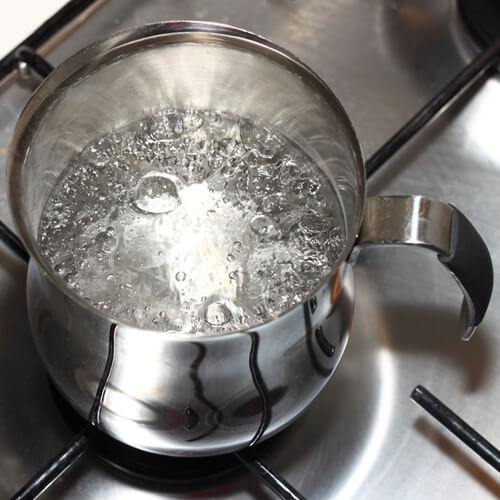The pros and cons of sous-vide
Cooking sous-vide is all the rage in restaurants, and thanks to household machines, in homes as well. The technique works by submerging vacuum-sealed food into a precisely heated water bath. Come back after a certain amount of time and your food is finished. Simple as that. The name is French for “under vacuum” and refers to the airtight seal that the food is given before it gets placed in the water. But what are the merits of sous-vide cooking and do they outweigh the detractions?
Consistency
Sous-vide first took off in restaurants because it was an easy way of ensuring consistency. Since water temperature can be precisely controlled, this method allows chefs to ensure that the kitchen is producing the same prime rib every time. In addition, food cannot be over or under cooked as whatever is in the water bath will become the temperature of that water bath, not a degree above or below. This is a handy tool for cooking meats and seafood that have a relatively small window of doneness.
Sensory deprivation
However, while it may be one of the most scientific ways of cooking, sous-vide certainly takes away some of the art. When cooking food in an airtight container submerged in hot water, there is no smelling, tasting, or touching going on during the cooking process. These sensory experiences are a lot of what makes cooking attractive to begin with. In addition, it is often a lot of work to cook sous-vide at home. It requires pretty expensive equipment, and the process of preparing the meat, vacuum-sealing it, putting it in the water, making a sauce, taking out the meat, browning the outsides, and adding the sauce can all be done in one step without sous-vide: braise the meat. In all, while sous-vide may be useful for restaurant kitchens, it seems to take the fun out of home cooking.


